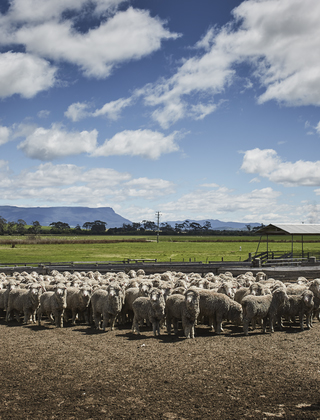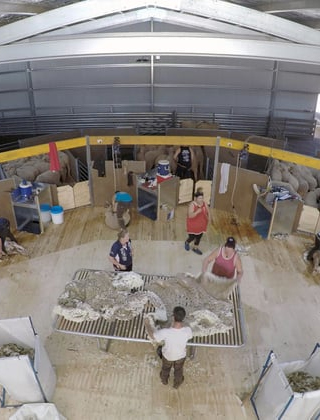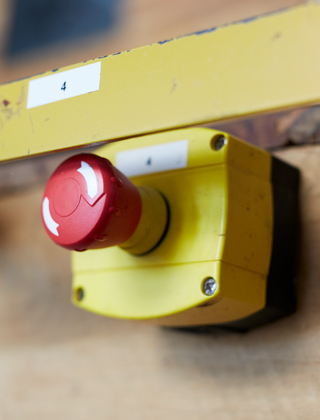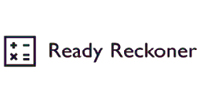‘SafeSheds’ program improving shed safety
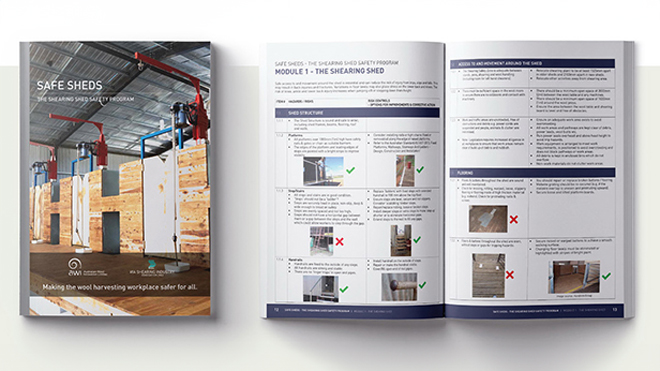
The shearing shed safety program SafeSheds, which includes a best practice guide and safety checklists, is making the wool harvesting workplace safer for all shed workers. The resources are available for free to woolgrowers across Australia.
Launched in 2020, SafeSheds is now being used across the country by many woolgrowers and shearing contractors to help them assess the safety and conditions of their shearing sheds. This enables the woolgrower to create a program to rectify any safety hazards, improve working conditions and comply with modern workplace standards.
“The shearing industry is one of the most physically demanding occupations out there. As an industry we need to do as much as is possible to reduce the risk of injuries and accidents occurring in shearing sheds,” said AWI General Manager, Woolgrower Services, Stephen Feighan.
“As well as covering the safety of the shearing shed and machinery, SafeSheds also encompasses work practices, working conditions and staff amenities.
“With so many alternative career options available to young people in Australia, it is vital that the wool industry ensures that working conditions in shearing sheds are as professional as possible to attract and retain wool harvesting staff,” Stephen said.
“Woolgrowers can play their part by, for instance, having their sheep properly curfewed and presented for shearing, provide safe working conditions for wool harvesting staff, and also provide a modern and professional work environment with amenities that we as woolgrowers would expect.
“Not only is SafeSheds helping to increase entry, retention and longevity of staff, but it also helps improve industry productivity and profitability.”
By planning and documenting the improvements and steps to control risks in the shed, woolgrowers are able to provide direct evidence of efforts in managing safety as required by relevant State Workplace Health and Safety Legislation.
SafeSheds is a self-assessment guide and not a formal audit or compulsory standard. It has been created to provide shearing shed operators with an understanding of the risks and options to control risks wherever possible.
Developed by AWI and WA Shearing Industry Association, SafeSheds harnesses the support of industry including WoolProducers Australia, Pastoralists & Graziers WA, WAFarmers and Shearing Contractors’ Association of Australia.
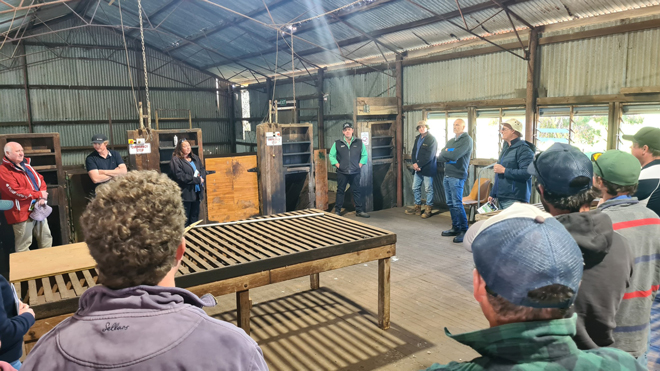
Ash Reichstein talking about improvements made to the shearing shed on his and his wife Megan McDowall's property at Neridup in WA, after utilising the SafeSheds program. A range of changes were made including emergency stop buttons on the board and new signage. The photo was taken during the ASHEEP & BEEF Winter Walk last year.
SafeSheds contents
SafeSheds is available as an 80-page booklet with four sections:
- Legal obligations of people involved in shearing
- Guidance on how to assess their current shearing shed and manage risks
- Detailed best practice guidelines for all areas of shearing operations:
- Module 1 – The shearing shed
-
- Shed structure
- Access to and movement around the shed
- Flooring
- Ramps and yarding
- Sheep pens, races and gates
- Catching pens, gateways and doors
- Shearing board
- Let-go area
- Wool and press rooms
- Module 2 – Machinery and equipment
-
- Overhead gear and shearing plant
- Back harness supports
- Handpieces
- Grinders
- Woolpress
- Tool and equipment storage
- Unguarded machinery
- Electrical safety
- Module 3 – Amenities and facilities
-
- Eating areas, kitchens and food preparation
- Washing, toilets and laundry
- Sleeping quarters
- Module 4 – Work practices
-
- Penning
- Presentation of sheep
- Rams and sheep size
- Wool preparation and wool pressing
- Protective clothing
- Chemicals and hazardous substances
- Hygiene
- Fitness, warming up/down
- Drugs, alcohol and smoking
- Dogs and visitors
- Emergenies and first aid
- Travel
- Risk management and signage
- Module 5 – General working conditions
-
- Water
- Heat and cold
- Ventilation
- Dust, vapours, fumes and gases
- Lighting
- Noise
- Assessment checklists
- Full assessment
- Pre-shearing checklist
- Induction checklist
- Post shearing checklist.
Ideally, woolgrowers should go through all five modules and the full assessment checklist at least once a year, preferably early in the off-season as this will allow as much time as possible to make any changes and improvements before the next shearing.
More information: The SafeSheds booklet is available FREE in downloadable PDF format in full, or in separate sections, from the AWI website at www.wool.com/safe-sheds or you can order a hard copy by phoning the AWI Helpline on 1800 070 099. The SafeSheds checklists are also available via the AWI website in a handy digital, interactive format.
This article appeared in the March 2024 edition of AWI’s Beyond the Bale magazine. Reproduction of the article is encouraged.






